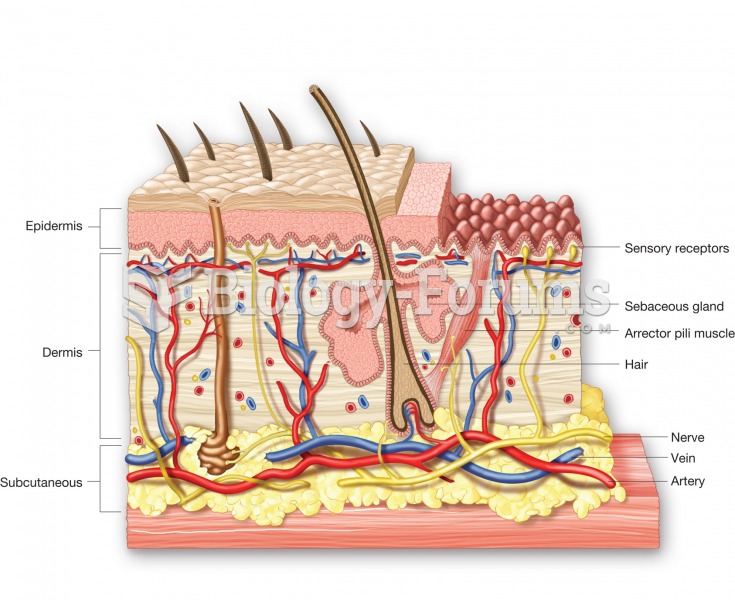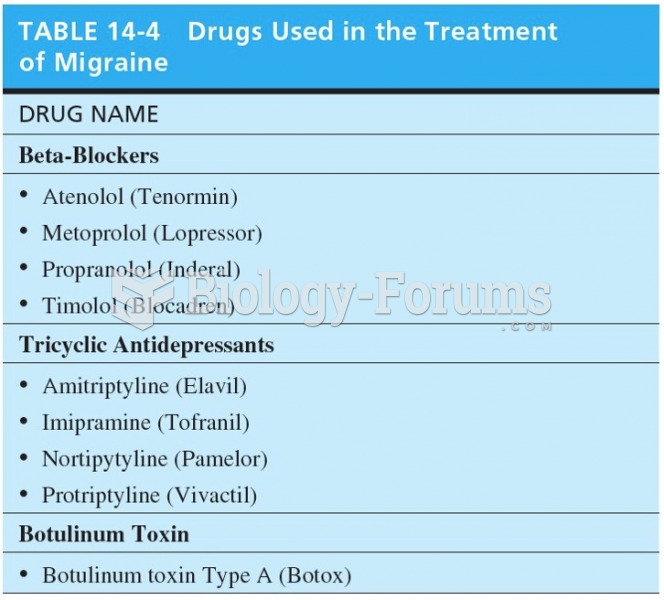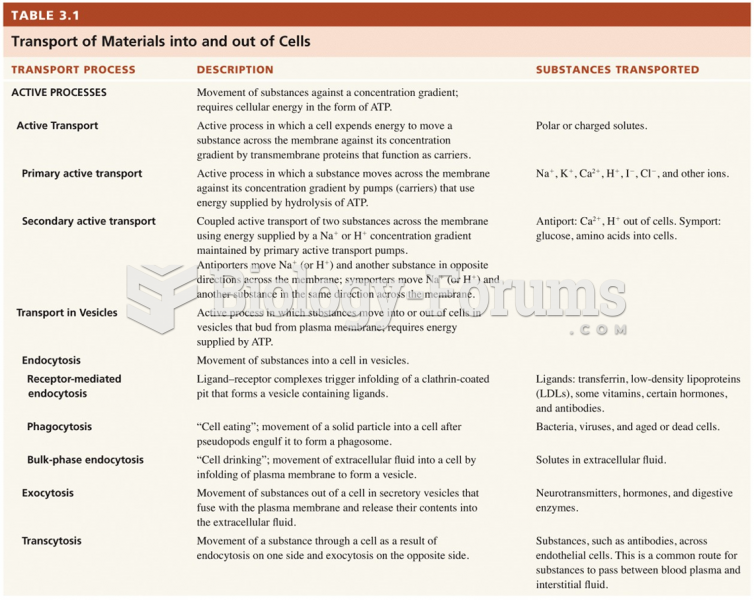Answer to Question 1
There is mixed evidence as to whether acupuncture and hypnotherapy are effective complementary therapies for IBS patients. Some patients report feeling better while it does not work for others. Providing guidance on evaluating information is an important aspect of nutrition education.
The role of the RDN is to determine the nutritional intervention for IBS. This puts an emphasis on treating IBS by identifying certain trigger foods that may be associated with its symptoms.
The RDN could refer the patient to a specialist in these alternative therapies, but since RDNs only share information that is evidence-based, these forms of treatment may be out of standards of practice for the RDN.
Answer to Question 2
1 . Goal: Maintain nitrogen balance by meeting patient's protein needs
Intervention: Increase protein intake in conjunction with increased EN tolerance with a high-protein enteral formula
2 . Goal: Decrease parenteral nutrition regimen in conjunction with increased EN delivery to promote normal GI function
Intervention: Consult with physician about the risks with continued TPN and the importance of EN delivery as the main energy and protein source and to promote wound healing of anastomotic leak/abdominal surgeries; EN promotes gut motility; wean PN appropriately with pharmacy and physician recommendations
3 . Goal: RQ value 0.8-0.9 and proper composition of nutrition support for his altered GI tract
Intervention: If continuing propofol, change PN to 2-in-1 solution without lipids
Increase rate of TPN to 150 mL/hr with elimination of lipids to provide 2600 kcal from TPN and 924 kcal from propofol for a total of 3525 kcal. Continue trickle tube feeds of 5 mL/hr to provide an additional 180 kcal and advance rate slowly as tolerated.
4 . Goal: Increase enteral nutrition with patient tolerance
Intervention: Modify distribution and type of feeding by continuing both PN and EN to meet nutritional needs; advance EN of Pivot 1.5 via J-tube by 10 mL/hr q 6-8 hours or as tolerated to goal rate of 75 mL/hr with continued propofol use to provide 1800 mL, 2700 kcal, 168 grams protein, and 1431 mL fluid (35 kcal/kg IBW, 2.3 grams protein/kg IBW); adjust rate based on energy and protein needs as metabolic cart measurements change with clinical course; once >60 of energy needs are met enterally, discontinue parenteral nutrition







